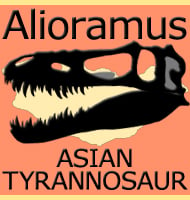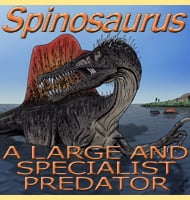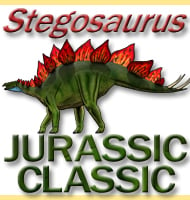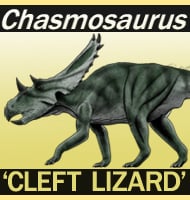Phaedrolosaurus
In Depth Phaedrolosaurus is a problematic genus of dinosaur because at the time of writing the only fossil specimen for this genus is a single tooth. Partial post cranial remains that were once attributed to the genus upon the basis that they were found near the tooth have since been removed and used to establish … Read more



